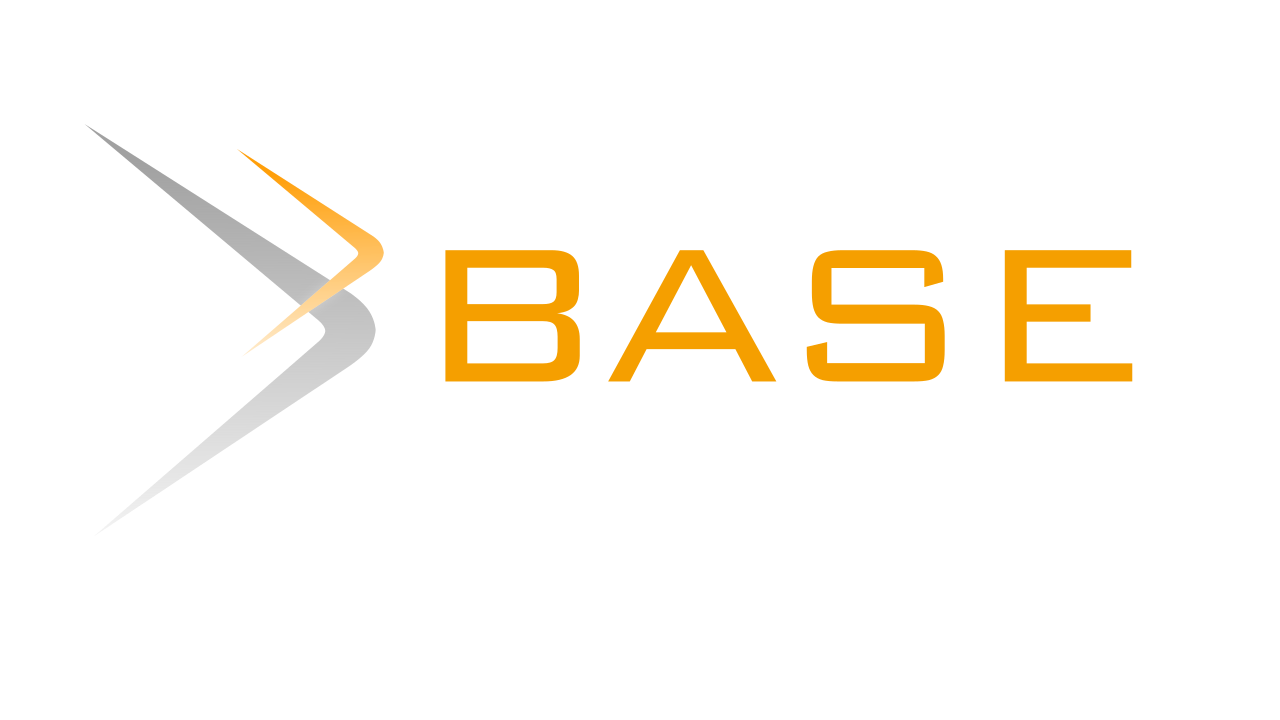E-Finance: What Factors Affect Financial Staff's Motivation to Utilize It?
DOI:
https://doi.org/10.32486/aksi.v9i1.591Keywords:
E-Finance, Government, Technology Acceptance Model, Theory of Planned BehaviorAbstract
The objective of this study is to investigate the factors that influence the intention of financial staff in the SKPDs of Malang City government to adopt e-finance. This study combines elements from the Technology Acceptance Model (TAM) and the Theory of Planned Behavior (TPB) found in previous research. The survey method was utilized, with a sample of 155 respondents consisting of auditors employed in the financial department of Malang City's government. Data analysis was conducted using Partial Least Square (PLS) method. The study's results indicate that constructs like perceived ease of use, perceived usefulness, attitude, subjective norm, and perceived behavioral control have a positive impact on behavioral intention. Additionally, behavioral intention positively correlates with the actual behavior of financial staff using e-finance. The study underscores the significance for e-finance providers and management to consider perceived ease of use, perceived usefulness, attitude, subjective norm, perceived behavioral control, behavioral intention, and the actual behavior of users.
References
Ajzen, I. (1985). From intentions to actions: A theory of planned behavior. In Action control: From cognition to behavior (pp. 11-39). Berlin, Heidelberg: Springer Berlin Heidelberg.
Ajzen, I. (1991). The theory of planned behavior. Organizational behavior and human decision processes, 50(2), 179-211.
Armitage, C. J., & Conner, M. (2001). Efficacy of the theory of planned behaviour: A meta‐analytic review. British journal of social psychology, 40(4), 471-499.
Beck, L., & Ajzen, I. (1991). Predicting dishonest actions using the theory of planned behavior. Journal of research in personality, 25(3), 285-301.
Bhattachejee, A. (2000). Acceptance of Internet applications services: The case of electronic brokerages. IEEE Transactions on systems, Man, and Cybernetics Part A: Systems and Humans, 30(4), 41.
Chen, Y., Lin, Y., Yeh, R.C. & Lou, R.C. (2013). Examining Factors Affecting College Students’ Intention to Use Web-Based Instruction Systems: Towards an Integrated Model. TOJET: The Turkish Online Journal of Educational Technology, 12(2).
Cheung, M. F., & To, W. M. (2016). Service co-creation in social media: An extension of the theory of planned behavior. Computers in Human Behavior, 65, 260-266.
Curry, J. R. (2002). The organizational challenge: IT and revolution in higher education. Educause Review, 37(2), 40-48.
Davis, F. D., Bagozzi, R. P., & Warshaw, P. R. (1989). User acceptance of computer technology: A comparison of two theoretical models. Management science, 35(8), 982-1003.
Jafarkarimi, H., Saadatdoost, R., Sim, A. T. H., & Hee, J. M. (2016). Behavioral intention in social networking sites ethical dilemmas: An extended model based on theory of planned behavior. Computers in human behavior, 62, 545-561.
Kim, E., Lee, J. A., Sung, Y., & Choi, S. M. (2016). Predicting selfie-posting behavior on social networking sites: An extension of theory of planned behavior. Computers in Human Behavior, 62, 116-123.
Kusumadewi, A. W., Baridwan, Z. & Hariadi, B. (2017). Study on auditor’s attitude in using information technology for auditing: Theory of planned behavior and social cognitive theory modification. Russian Journal of Agricultural and Socio-Economic Sciences (RJOAS), 66(6), 250-258.
Lam, T., Cho, V., & Qu, H. (2007). A study of hotel employee behavioral intentions towards adoption of information technology. International Journal of Hospitality Management, 26(1), 49-65.
Lin, H. F. (2006). Understanding behavioral intention to participate in virtual communities. CyberPsychology & Behavior, 9(5), 540-547.
Nasri, W., & Charfeddine, L. (2012). Factors affecting the adoption of Internet banking in Tunisia: An integration theory of acceptance model and theory of planned behavior. The journal of high technology management research, 23(1), 1-14.
Sniehotta, F. F., Scholz, U., & Schwarzer, R. (2005). Bridging the intention–behaviour gap: Planning, self-efficacy, and action control in the adoption and maintenance of physical exercise. Psychology & health, 20(2), 143-160.
Stoel, D., Havelka, D., & Merhout, J. W. (2012). An analysis of attributes that impact information technology audit quality: A study of IT and financial audit practitioners. International Journal of Accounting Information Systems, 13(1), 60-79.
Sugiarsono, J. (2003). Sajian Utama, Potret Kebingungan Investasi Teknologi Informasi. SWA Edisi 02/XIX/23 Januari – 5 Februari 2003. P. 24 – 31.
Taylor, S., & Todd, P. A. (1995). Understanding information technology usage: A test of competing models. Information systems research, 6(2), 144-176.
Yilmaz, E. & Ozer, G., (2008). Information Technology Usage of Accountants. 1st International Conference on Management and Economics “Current Issues in Emerging Economics in Global Perspective”, 2, 318-334.
Downloads
Published
How to Cite
Issue
Section
License
Copyright (c) 2024 Muhammad Dimar Alam, Areta Widya Kusumadewi, Laila Fitriyah

This work is licensed under a Creative Commons Attribution-ShareAlike 4.0 International License.














